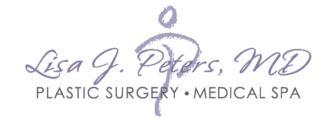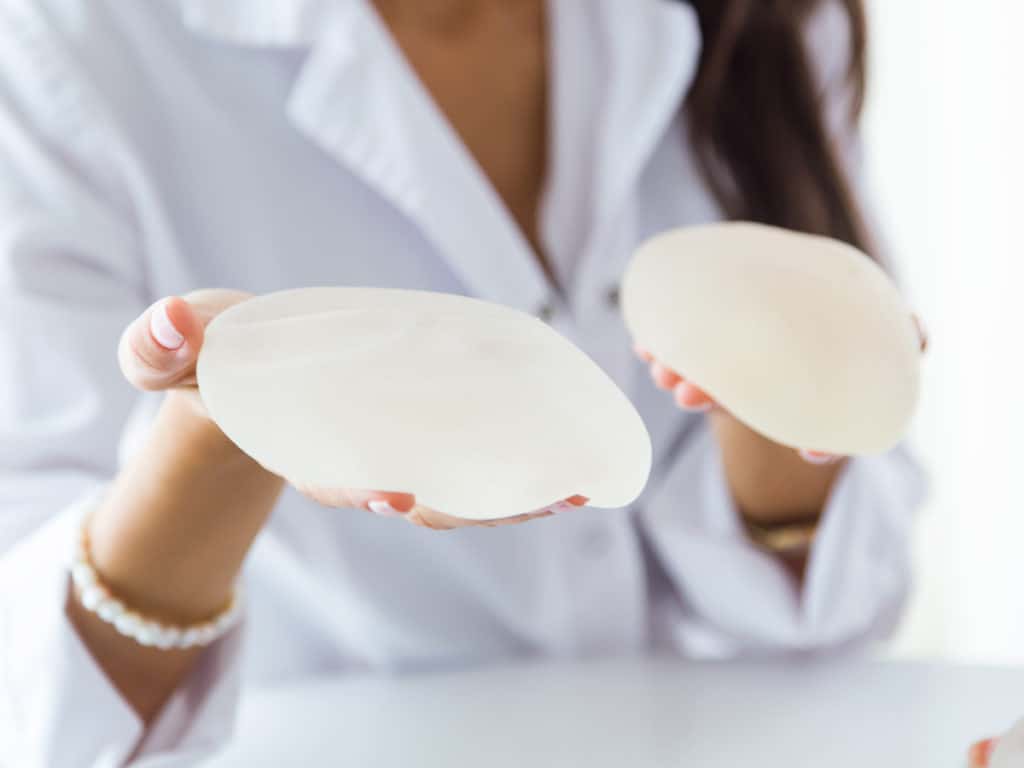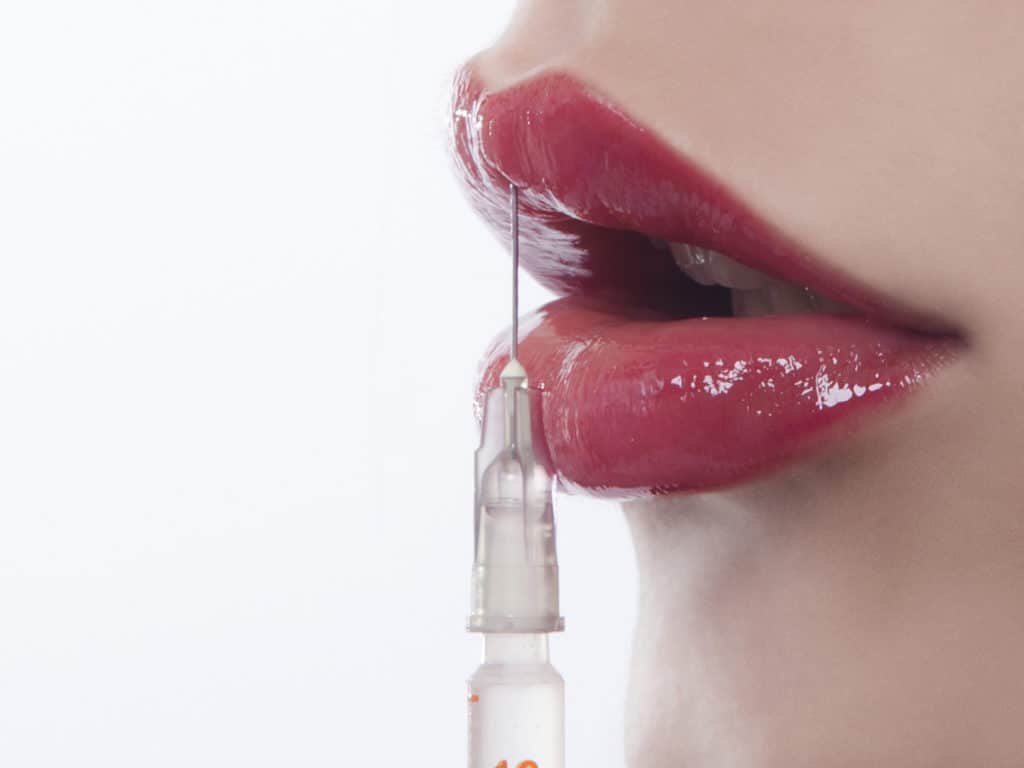Part 1 of a 3 Part Series
Okay, I started this blog with a falsehood – there is no “right” breast implant. There are several choices a woman has when deciding on the best implant for her and each has pros and cons. This is a complicated conversation that I’ve decided to break into 3 parts. During this first installment, we’ll talk about saline versus silicone implants. In subsequent posts, we’ll go into sizing, profiles, and shapes of implants.
The Basics
All breast implants are made of a silicone shell. This can be thought of as a balloon that is filled with some material. A saline breast implant is filled with saline, which is salt water, and a silicone breast implant is filled with a silicone gel. Some people refer to silicone implants as “gel” implants.
Saline Implants
Saline implants have several advantages:
- They’re usually less expensive.
- They’re placed into the body mostly empty and then filled with saline once they’re under the skin, so they can often be placed through a smaller scar.
- There’s some flexibility in terms of how much saline can be used to fill an implant, so subtle adjustments in the implants volume can be made during surgery to account for size differences between a woman’s natural breasts.
- The main advantage of a saline implant is that if it leaks, which any implant can do, the saline that comes out of the implant is easily absorbed by the body. While certainly this is disappointing if it occurs, it is easy to figure out (one day the breast is big, the next day it’s small) and it causes no harm to the patient other than that she’ll need another surgery to replace the broken implant if desired (it’s almost always desired).
- The surgery to replace a broken saline implant is usually easier than replacing a broken silicone implant.
The main disadvantage of a saline implant is the way it feels. It feels like more like a water balloon than a natural breast, though the more breast tissue a patient has to cover it (i.e. the bigger the natural breast), the less noticeable this is. In some cases a saline implant may look less natural, as it’s more likely that there will be visible wrinkling of the implant, though usually this is in thin, small breasted women in areas covered by most clothing, such as the lower outer breast.
Silicone Implants
The main advantage of a silicone implant is that it feels more like a natural breast with a lower risk of wrinkles that may be seen or felt.
Disadvantages of silicone implants include:
- They come pre-filled with silicone, so they may require a slightly longer scar.
- Their volume can’t be adjusted during surgery.
- The main disadvantage of a silicone implant is that if it leaks, the body doesn’t absorb the silicone (it usually stays in the same area of the breast but isn’t contained within its shell anymore). Because the silicone filling doesn’t go anywhere, it can be very difficult for the patient and surgeon to know if a silicone implant has leaked, so the FDA recommends having an MRI or ultrasound every two years starting 6 years after surgery to check for a leak (these tests, while not perfect, can identify a leak better than you and I can). In my experience, most patients don’t do these tests as frequently as recommended. If a silicone implant has leaked, it should be removed to avoid irritation to the surrounding breast tissue or the potential that it could cause enlargement of lymph nodes in the armpit or groin (this is not dangerous, but could be confused with other conditions that also cause lymph node enlargement).
Misconceptions about Breast Implants
One of the most common concerns I hear, often from a husband or boyfriend rather than the patient, is that implants aren’t safe. Many people remember hearing stories in the early 1990’s about patients who were made ill by their breast implants. Back then, there were women with silicone implants who were concerned that their implants were causing an illness called fibromyalgia. Fibromyalgia is an autoimmune illness characterized by aches and pains, often in the upper back and shoulders. At that time, there was no research showing any link between breast implants and fibromyalgia, but there was also no proof that the implants didn’t cause the illness. As a result, silicone implants were taken off the US market (they remained available in Europe, South America, and most of the rest of the world) and researched for 13 years. The result of the research was that there was no association between silicone implants and autoimmune illnesses including fibromyalgia, so in 2006 silicone implants were once again approved for use in the US. More recently there has been some research that suggests that some women with implants of any kind will have a vague collection of symptoms such as fatigue, brain fog, and joint and muscle pain that is collectively referred to as breast implant illness. It is difficult to know how prevalent this is, as the symptoms are also common in people who don’t have breast implants. Some women with these concerns choose to have their implants removed, which may improve their symptoms.
The Bottom Line
Each woman will make their own decision about the implant with which they feel most comfortable. If a patient is more price-sensitive or doesn’t like the idea of not knowing if there’s a problem with her implant, she may choose a saline implant. If a woman’s priority is having the implant that feels most like she doesn’t have implants, she may decide that silicone is right for her. Go to part 2 here



